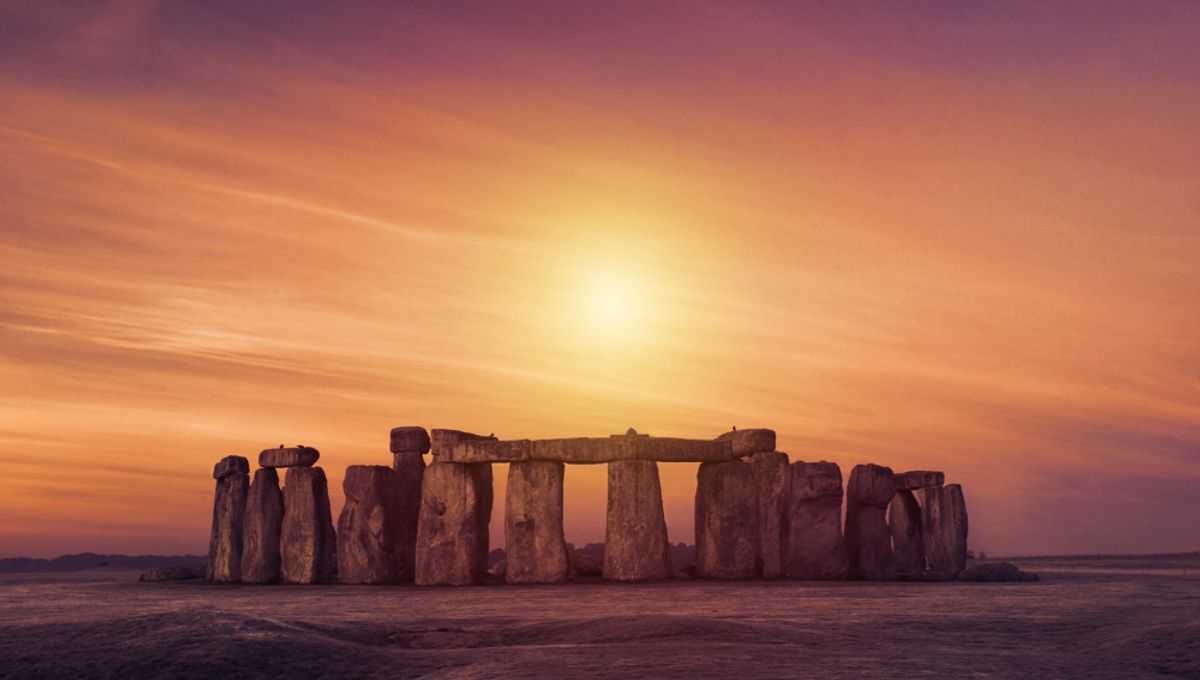
The mystery surrounding Stonehenge has just become a little deeper thanks to a new analysis of the iconic Altar Stone, which reveals that the enormous megalith didn’t come from the same source as the rest of the so-called bluestones that comprise the monument’s inner circle. Until now, it had been assumed that the Altar Stone was brought to Stonehenge from a distant site in west Wales, yet the study authors now say it could have come from even further away.
Located on Salisbury Plain in Wiltshire, southwest England, Stonehenge is thought to have been constructed in multiple stages over thousands of years, beginning with the erection of the 56 bluestones around 5,000 years ago. Incredibly, these original building blocks have been traced to the Mynydd Preseli area of Wales, some 225 kilometers (140 miles) west of Stonehenge itself.
“It is the long-distance transport of the bluestones that makes Stonehenge of particular interest; the bluestones in fact represent one of the longest transport distances known from source to monument construction site anywhere in the world,” write the study authors. Subsequent phases of construction saw the introduction of locally-sourced stones known as sarsens, with remodeling works continuing until about 1600 BCE.
The Altar Stone is the largest of the bluestones, and would probably have looked somewhat out of place among the smaller lithic chunks of the original ring. Nonetheless, the idea that it was imported and erected along with the rest of the bluestones has never previously been challenged.
However, using a range of techniques including X-ray fluorescence and Raman spectroscopy, the study authors found that the Altar Stone does not match the mineralogy of the Old Red Sandstone (ORS) within the Anglo-Welsh Basin. As a result, they conclude that “the Altar Stone should no longer be included in the “bluestone” grouping of rocks essentially sourced from the Mynydd Preseli.”
Specifically, the researchers detected significantly higher concentrations of baryte – a mineral consisting of barium sulfate – in the Altar Stone than in the Welsh ORS. Seeking alternative sources of sandstone with high baryte content elsewhere in the UK, the authors note that deposits in Cumbria in the north of England and in the Scottish islands of Orkney and Shetland both stand out as candidates for the source of the Altar Stone.
Importantly, both of these regions contain Neolithic monuments, suggesting that the stone in these areas was extracted by local populations and used for ritual purposes. There is also evidence to suggest that long-distance links between Stonehenge and regions as far away as Scotland existed by around 2500 BCE, when the second phase of the monument’s construction occurred.
The researchers therefore speculate that the Altar Stone might have been brought to Stonehenge at this time, well after the original bluestones were put in place. However, further analyses are required in order to match the minerality of the Altar Stone to the lithic deposits in northern England or Scotland, which means that for the time being, we have no idea where it came from.
The study is published in the Journal of Archaeological Science: Reports.
Source Link: The Stonehenge Altar Stone Didn’t Come From Where We Thought It Did